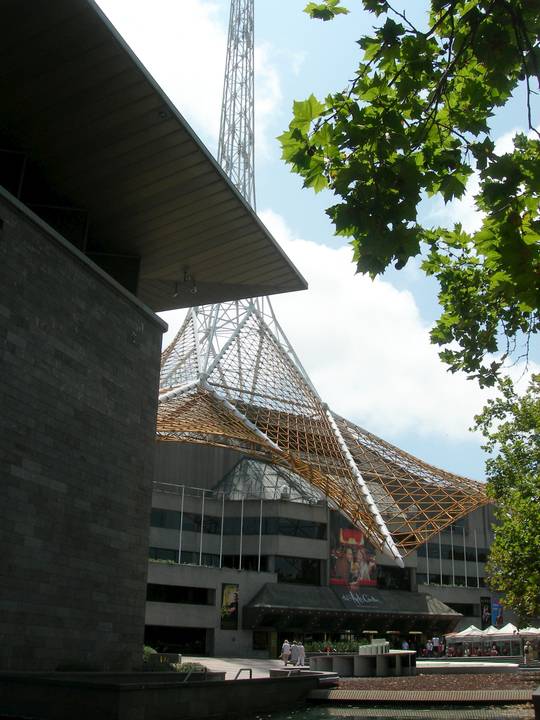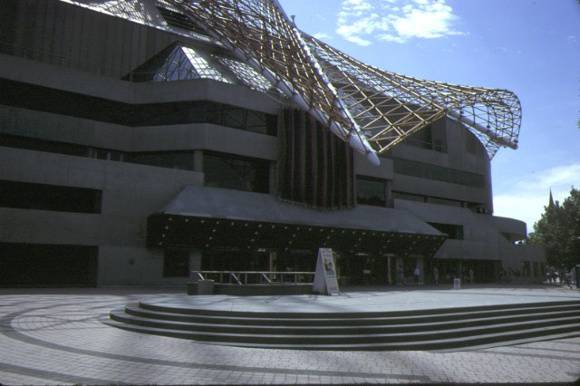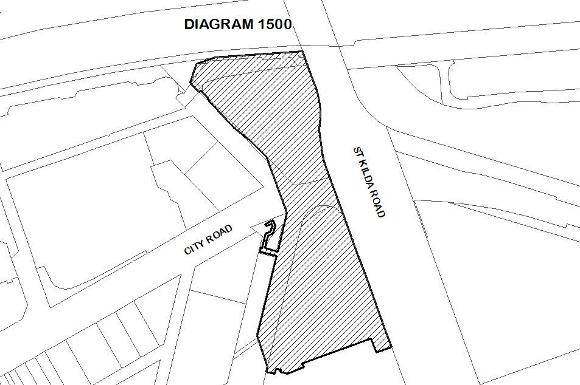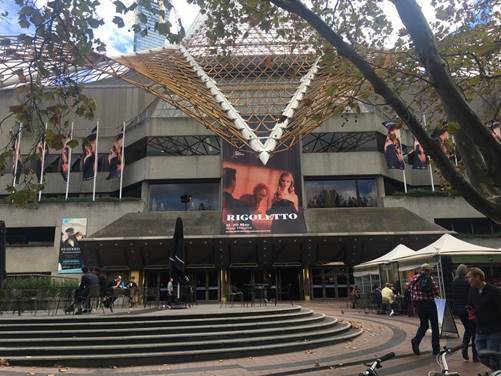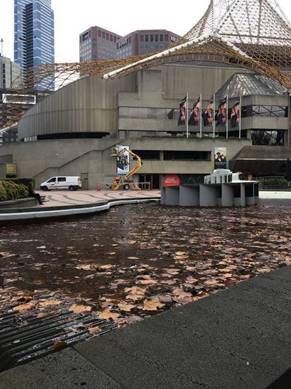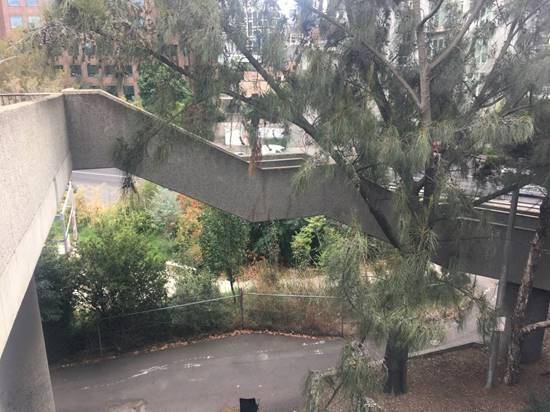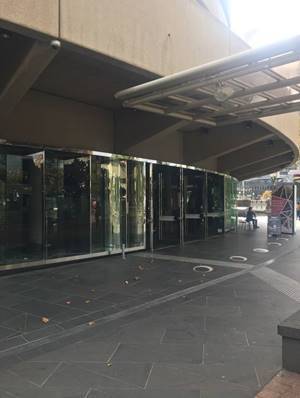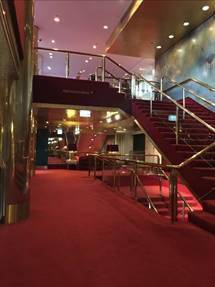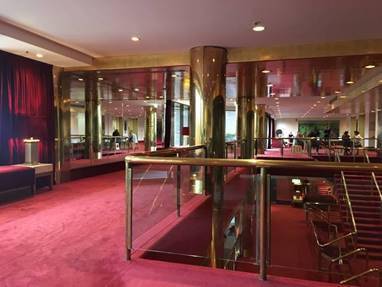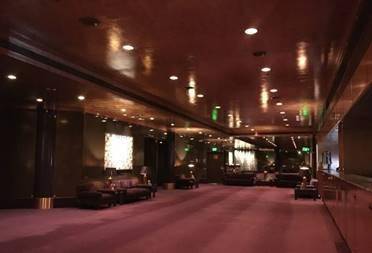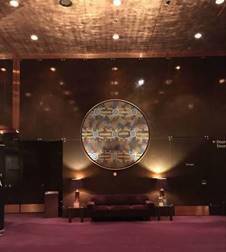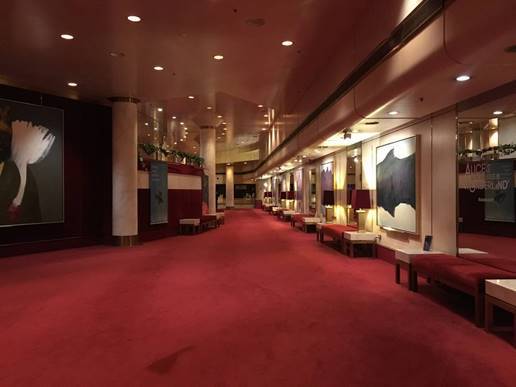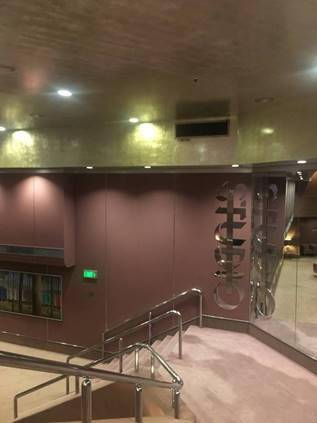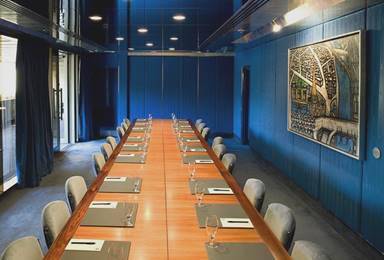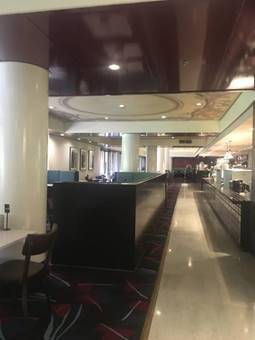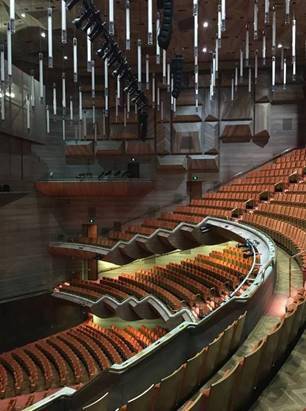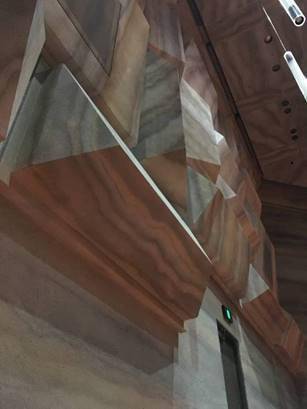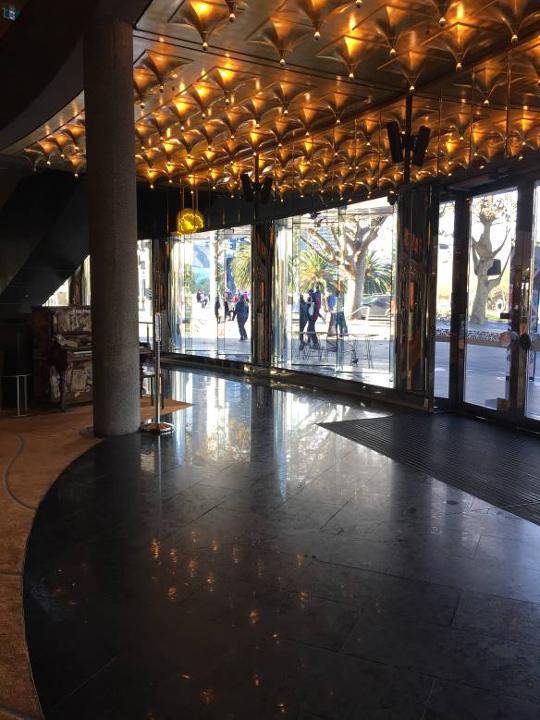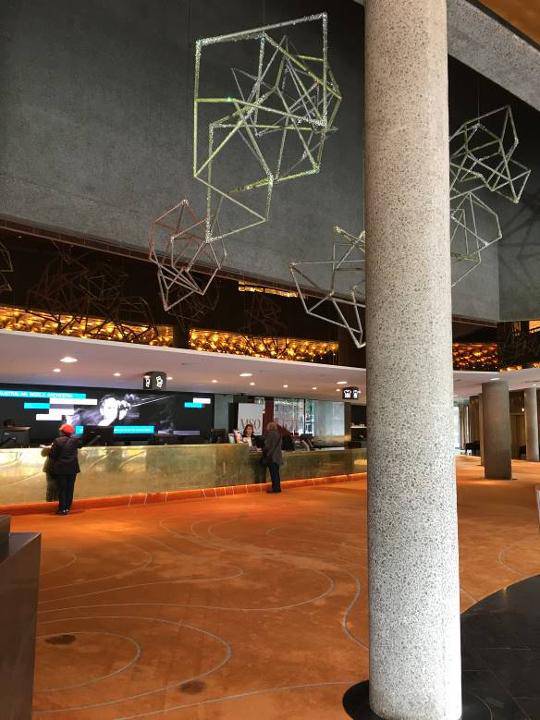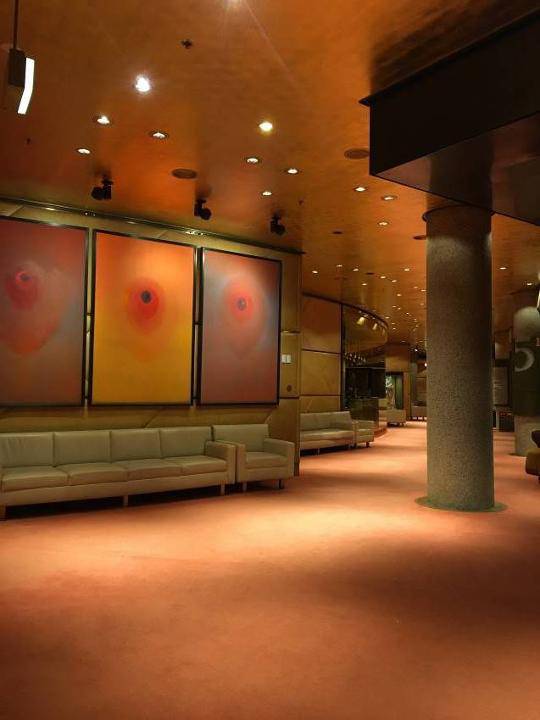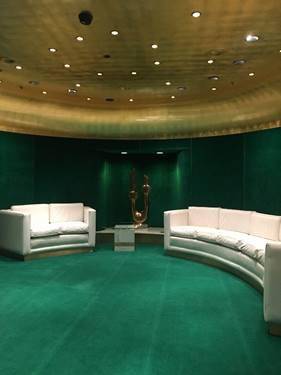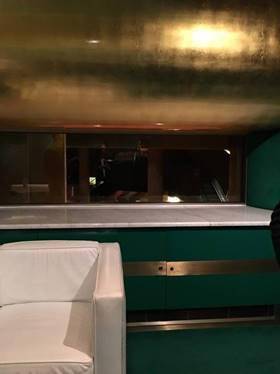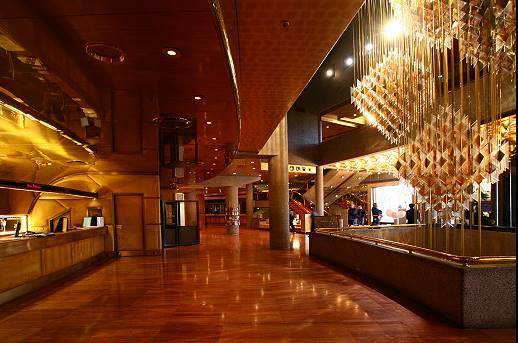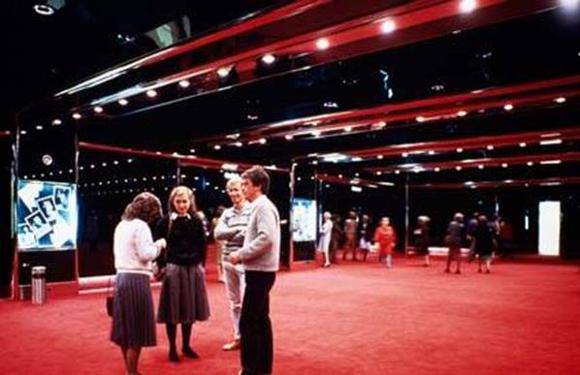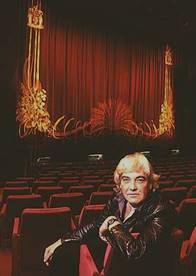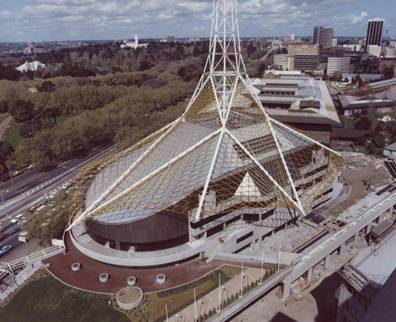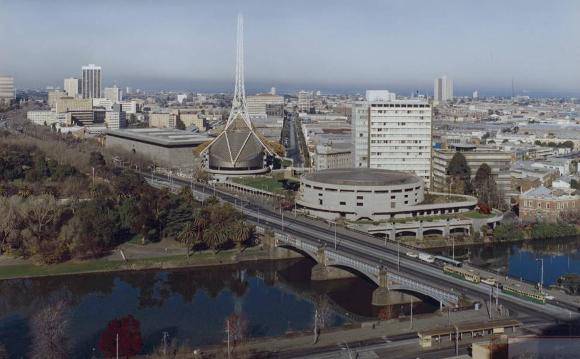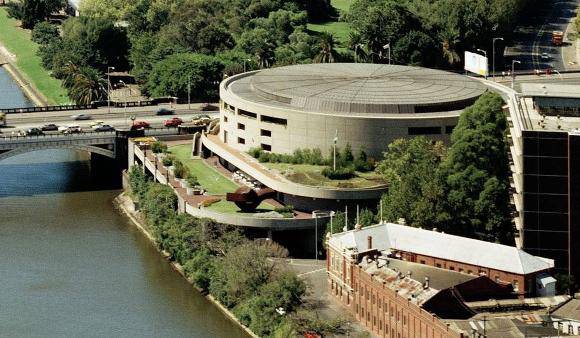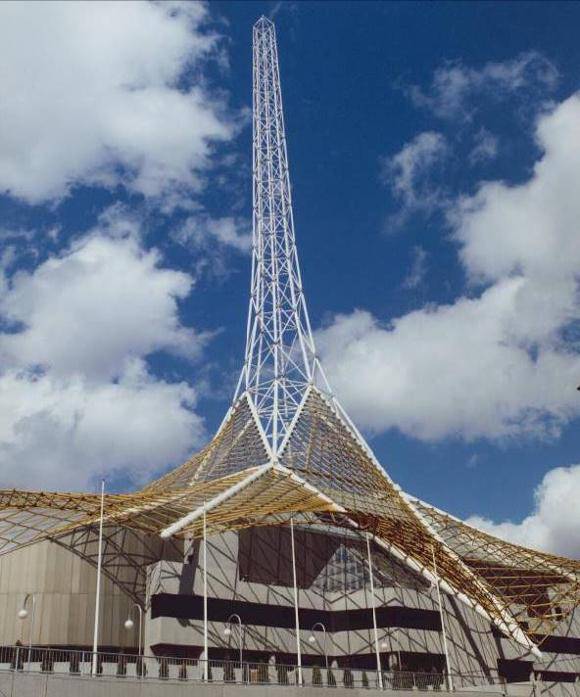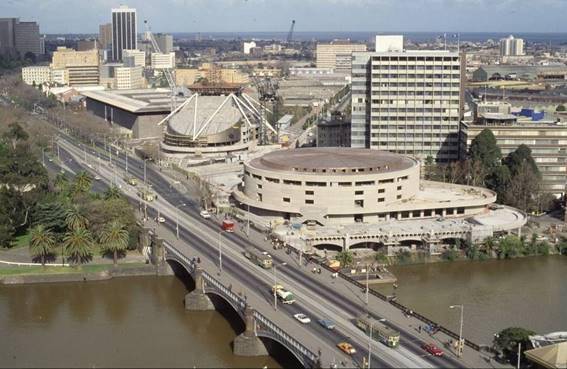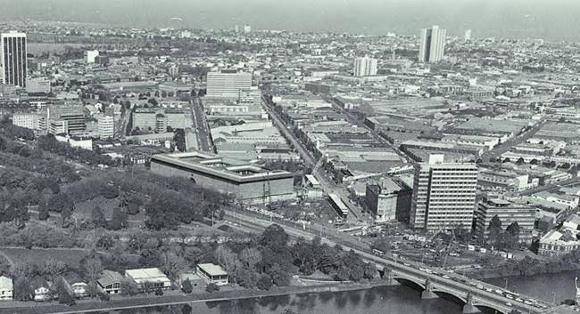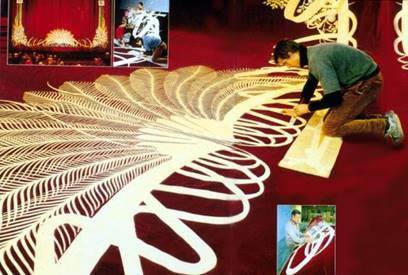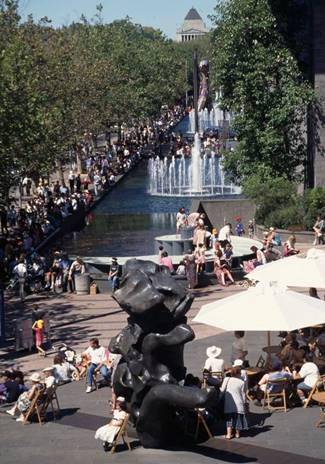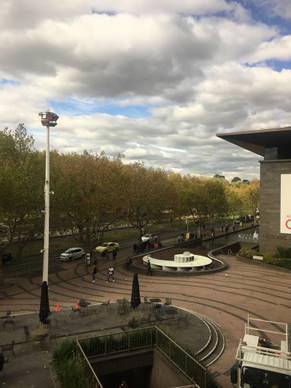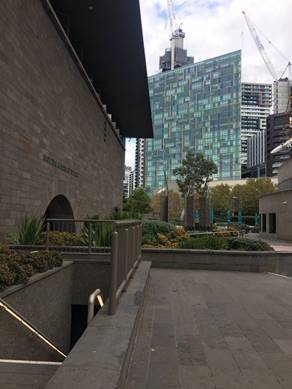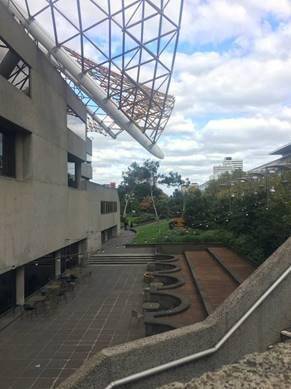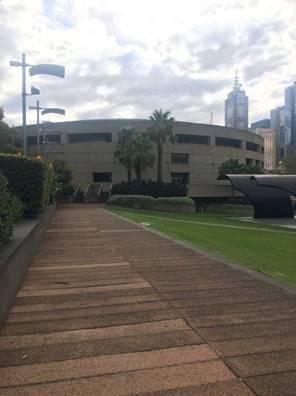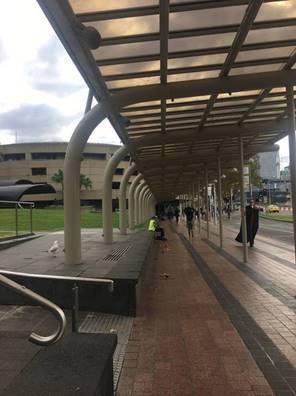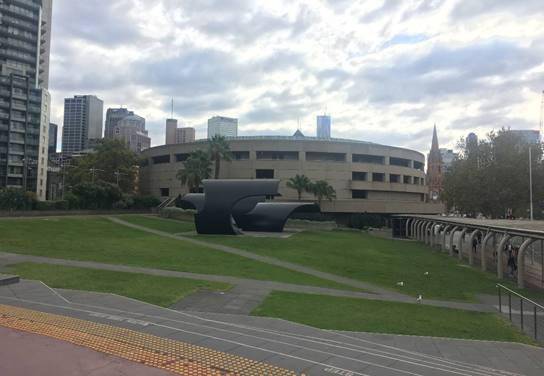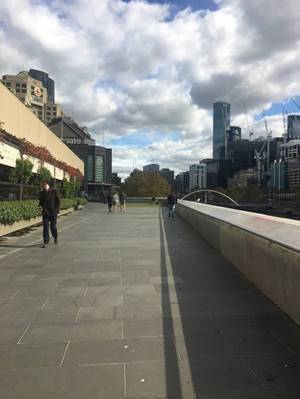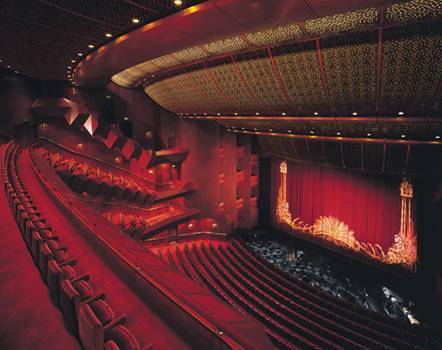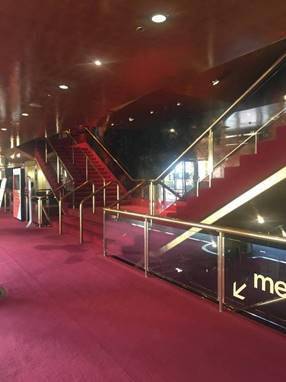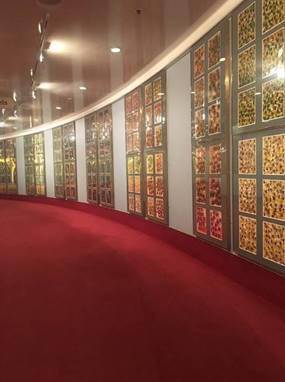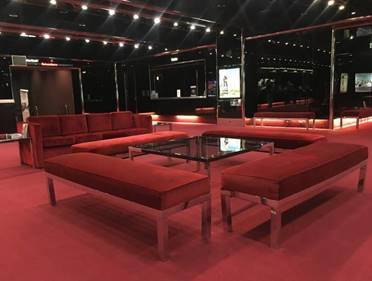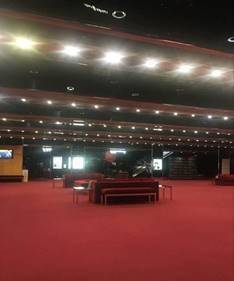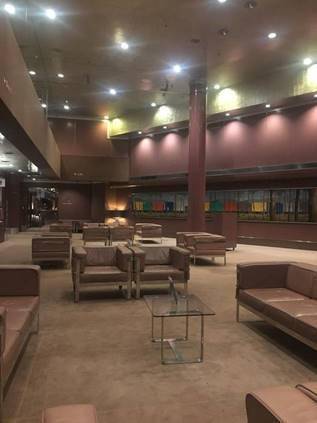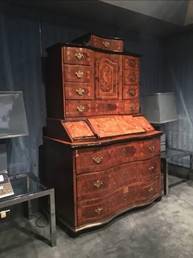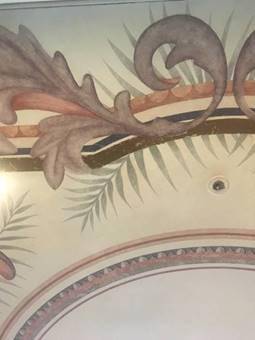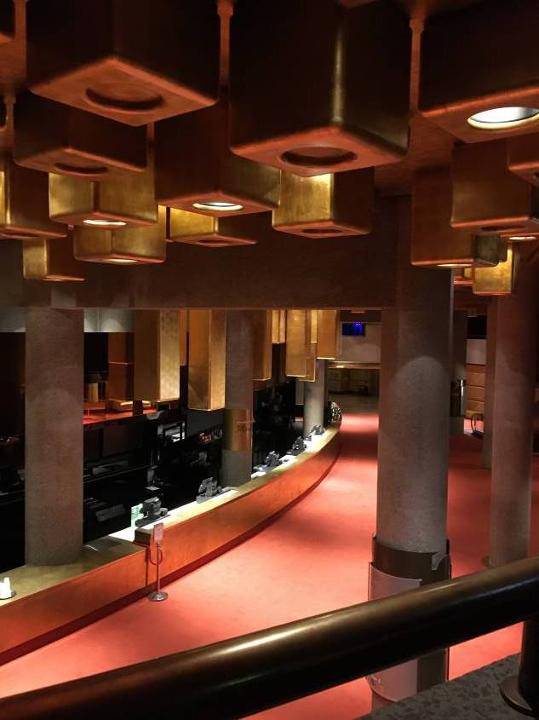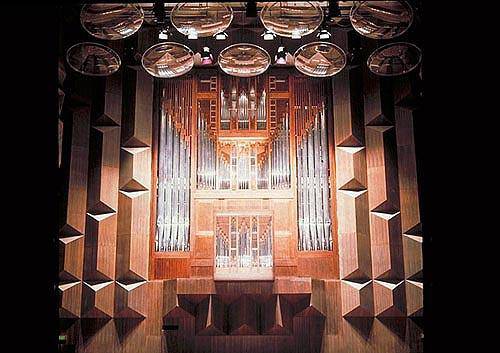| Back to search results » | Back to search page » |
|
VICTORIAN ARTS CENTRE
Statement of Significance
What is significant?
The Victorian Arts Centre including the land, all buildings (including the exteriors and interiors), trees, hard landscape elements, gardens, all fixtures attached to the building at the time of registration including light fittings, built-in furniture, decorative elements and wall, ceiling and floor finishes. The registration also includes objects integral to the place including paintings, sculptures, furniture and archival objects.
How is it significant?
The Victorian Arts Centre is of aesthetic, architectural, historical, scientific and social significance to the State of Victoria. It satisfies the following criterion for inclusion in the Victorian Heritage Register:
Criterion A
Importance to the course, or pattern, of Victoria's cultural history.
Criterion B
Possession of uncommon, rare or endangered aspects of Victoria's cultural history.
Criterion D
Importance in demonstrating the principal characteristics of a class of cultural places and objects.
Criterion E
Importance in exhibiting particular aesthetic characteristics.
Criterion F
Importance in demonstrating a high degree of creative or technical achievement at a particular period.
Criterion G
Strong or special association with a particular present-day community or cultural group for social, cultural or spiritual reasons.
Criterion H
Special association with the life or works of a person, or group of persons, of importance in Victoria's history.
Why is it significant?
The Victorian Arts Centre is significant at the State level for the following reasons:
The Victorian Arts Centre is of historical significance as a major cultural institution which was envisaged as Victoria’s pre-eminent performing arts venue. It was an expression of the international arts centre movement of the post-war period and remains one of the largest public works projects in Victoria's history. The Victorian Arts Centre attracted an unusual level of public interest and support, indicating the extent to which Victorians supported the concept of a cultural centre envisaged for the entire community. The complex, with its distinctive spire, provided Melbourne with an important visual identity.
The Victorian Arts Centre is also of historical significance for its Foundation Art Collection which was established in the early 1970s, particularly the works by some of Australia’s most renowned twentieth century artists which were selected or commissioned specifically for the place. It reflects the holistic approach to creative arts encouraged by the mid twentieth century international arts centre movement and the desire to include visual art collections alongside performing art spaces.
(Criterion A)The Victorian Arts Centre is also of historical significance for its Foundation Art Collection which was established in the early 1970s, particularly the works by some of Australia’s most renowned twentieth century artists which were selected or commissioned specifically for the place. It reflects the holistic approach to creative arts encouraged by the mid twentieth century international arts centre movement and the desire to include visual art collections alongside performing art spaces.
The Victorian Arts Centre is a rare example of an accomplished 1980s interior design scheme and a rare example of the work of Academy Award winning set and costume designer John Truscott. The interiors are an outstanding example of Truscott’s theatrical stage and set design applied to permanent interiors and were his largest and most important interior design commission. Due to the temporary nature of set design, the Victorian Arts Centre interiors are a rare surviving example of Truscott’s work
(Criterion B)The Victorian Arts Centre is of architectural and aesthetic significance for its overall design by pre-eminent Victorian architect Roy Grounds as a notable example of his work. The Victorian Arts Centre is also of architectural and aesthetic significance for the distinctive decorative interiors designed by John Truscott and applied to Grounds’ architectural design
(Criterion D)The Victorian Arts Centre is of architectural and aesthetic significance for its overall design by pre-eminent Victorian architect Roy Grounds as a notable example of his work. The Victorian Arts Centre is also of architectural and aesthetic significance for the distinctive decorative interiors designed by John Truscott and applied to Grounds’ architectural design
(Criterion E)The Victorian Arts Centre is scientifically significant for the level of technical accomplishment in addressing the difficulties of the site, including the innovative engineering solutions in relation to the substructure of the buildings.
(Criterion F)The Victorian Arts Centre is socially significant as the pre-eminent performing arts centre in Victoria and is valued by many Victorians who have a shared experience of the place since its opening in 1984. There is a particularly strong attachment for those who regularly frequent the place. For some community members, the attachment began with the public donations to support the development of the place and continues to the present day. In some cases, the attachment is multi-generational.
(Criterion G)The Victorian Arts Centre is significant as a major work of noted Australian modernist architect Roy Grounds, who, together with his former partners Robin Boyd and Frederick Romberg, was one of the most influential architects of his generation, pioneering modernist design and changing Victoria’s built environment. Together with the gallery, the Arts Centre occupied much of his time from the 1960s to his death in 1981. Grounds’ importance as an architect was recognised when he was awarded the RAIA Gold Medal in 1968 and was knighted the same year.
The Victorian Arts Centre is also significant for its association with Sir Rupert Hamer, Premier of Victoria from 1972 – 1981. He played a central role in the development of the precinct and the development of Victoria’s arts sector. He was knighted in 1982 and the Melbourne Concert Hall was renamed Hamer Hall following his death in 2004
(Criterion H)
The Victorian Arts Centre is also significant for its association with Sir Rupert Hamer, Premier of Victoria from 1972 – 1981. He played a central role in the development of the precinct and the development of Victoria’s arts sector. He was knighted in 1982 and the Melbourne Concert Hall was renamed Hamer Hall following his death in 2004
Group
Recreation and Entertainment
Category
Entertainment Centre


